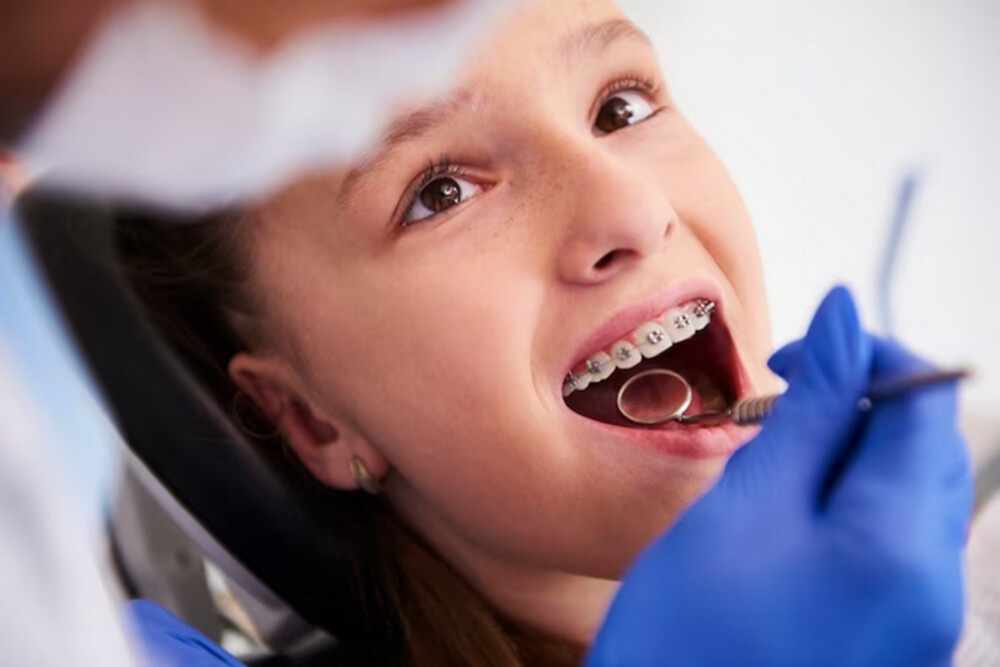Introduction
Orthodontic treatment has evolved significantly over the years, transcending traditional braces to encompass a diverse range of modern innovations. These innovations not only address aesthetic concerns but also enhance treatment efficiency, comfort, and convenience for patients. This guide delves into the realm of modern orthodontic innovations, exploring their benefits, advancements, and transformative impact on the field of orthodontics.
Advancements in Orthodontic Technology
Recent years have witnessed remarkable advancements in orthodontic technology, revolutionizing the way orthodontic treatment is delivered. Key innovations include:
-
3D Imaging and Digital Impressions: Traditional methods of dental impressions have been replaced by digital scanning technologies, allowing for highly accurate and detailed 3D images of the teeth and jaw. This technology streamlines the treatment planning process and enhances precision in orthodontic diagnosis and treatment.
-
Customized Treatment Planning: With the aid of advanced software, orthodontists can now create personalized treatment plans tailored to each patient's unique dental anatomy and treatment goals. Customized treatment planning optimizes outcomes and ensures efficient progress throughout the orthodontic journey.
-
Accelerated Orthodontics: Accelerated orthodontic techniques, such as high-frequency vibration devices and micro-osteoperforations, stimulate bone remodeling and accelerate tooth movement. These techniques reduce treatment duration and minimize discomfort for patients, providing a faster and more comfortable orthodontic experience.
-
Clear Aligner Therapy: Clear aligner therapy, exemplified by brands like Invisalign, has gained popularity as an alternative to traditional braces. These custom-made, removable aligners gradually shift teeth into the desired position, offering discreet orthodontic treatment without the need for brackets or wires.
Benefits of Modern Orthodontic Innovations
The adoption of modern orthodontic innovations offers numerous benefits for both patients and orthodontic professionals:
-
Enhanced Patient Experience: Modern orthodontic technologies prioritize patient comfort and convenience, offering alternatives to traditional braces that are less invasive and more discreet. Patients experience reduced discomfort, shorter treatment durations, and greater flexibility with removable appliances.
-
Improved Treatment Precision: Digital imaging and customized treatment planning enable orthodontists to achieve higher levels of precision and predictability in treatment outcomes. This ensures optimal tooth alignment and bite correction, minimizing the need for mid-treatment adjustments and enhancing overall treatment efficiency.
-
Aesthetic Appeal: Clear aligners and tooth-colored materials used in modern orthodontic appliances enhance aesthetic appeal, allowing patients to undergo treatment without the noticeable appearance of traditional braces. This aesthetic advantage is particularly appealing to adults and professionals seeking discreet orthodontic solutions.
-
Streamlined Workflow: Digital technologies streamline the orthodontic workflow, from initial diagnosis and treatment planning to appliance fabrication and progress monitoring. This results in improved communication between orthodontic teams and enhanced efficiency in delivering orthodontic care.
Emerging Trends and Future Directions
As orthodontic technology continues to advance, several emerging trends are shaping the future of orthodontic treatment:
-
Teleorthodontics: Teleorthodontics leverages digital communication platforms to enable remote consultations, progress monitoring, and treatment adjustments. This innovative approach enhances accessibility to orthodontic care, particularly for patients in remote or underserved areas.
-
Biocompatible Materials: The development of biocompatible materials for orthodontic appliances aims to improve patient comfort and minimize the risk of adverse reactions. Bioresorbable materials that gradually degrade over time offer a promising avenue for reducing the environmental impact of orthodontic treatment.
-
Artificial Intelligence: Artificial intelligence (AI) algorithms are being integrated into orthodontic software systems to enhance treatment planning and decision-making processes. AI-powered diagnostic tools can analyze patient data and predict treatment outcomes with greater accuracy, facilitating more informed clinical decisions.
Conclusion
Modern innovations in orthodontics have transformed the landscape of orthodontic treatment, offering patients a diverse array of options for achieving a straighter, healthier smile. From advanced imaging technologies to customized treatment planning and discreet orthodontic appliances, these innovations prioritize patient comfort, efficiency, and aesthetic appeal.
As orthodontic technology continues to evolve, the future holds promise for further advancements in treatment modalities, patient communication, and treatment outcomes. By embracing modern orthodontic innovations, orthodontic professionals can enhance the quality of care they provide and empower patients to embark on their orthodontic journey with confidence and optimism.


No comments yet